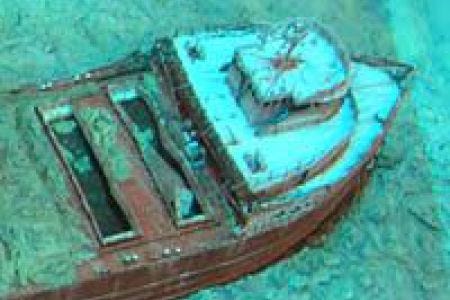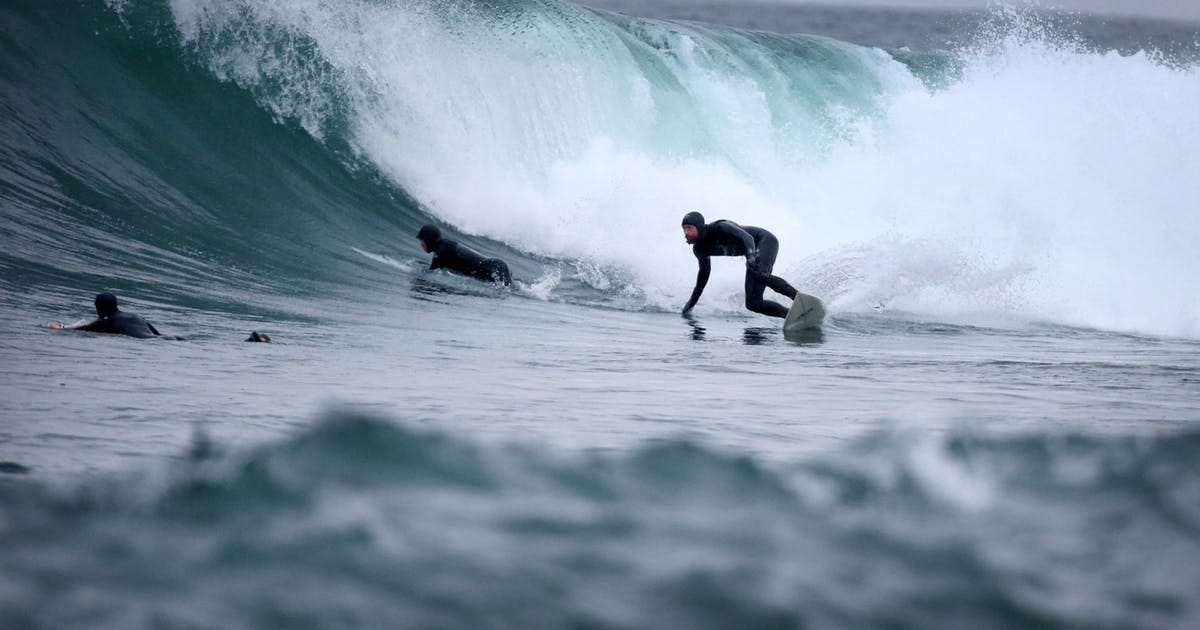I don’t watch television anymore and I only occasionally watch Amazon Prime (Amazon’s answer to Netflix). Instead, my eyeballs spend most of their video screen time on YouTube. There is a wide variety of useful educational content and quality documentaries.
A particular group of YouTuber’s combine expeditionary skills and passion with a reasonable budget to create some truly epic mini-documentaries. I’ve argued before that short trips can behave like mini, or light, expeditions with the right mindset and planning. The following list shows you people who are living this dream during their weekends and beyond.
Erik Aandrea
Erik Aandrea’s sailing channel is called “No Bullshit Just Sailing” or NBJS. He means it. There are no sand beaches, pina coladas, or girls in bathing suits. Just lots of footage of one of the best solo sailors on the planet right now. He sails the North Sea and especially the waters near his home in Haugesand, Norway. Erik’s Contessa 35 is a classic small sailing vessel renowned for its stability in heavy seas. Erik has taken her across the North Sea numerous times, winter included, visiting the Shetland Islands, Faroe Islands, Iceland, and islands in the Norwegian Sea.
‘Fear is only produced by the lack of knowledge, or not knowing. To get knowledge you will have to face your fear. When you face your fear, you get knowledge, and you can feel, see, and hear what you fear. At this point, the fear disappears, because you know what it is.”
Erik Aandrea, solo Norwegian sailor, right before entering, and surviving, a Force 10 storm with 20+ foot seas.
His most popular video, Encountering Storm Force 10, shows how he planned and executed a short, 7 nautical mile trip in a Force 10 storm (winds from 55-63 mph and waves 15 to 25 feet high). He started from Rovaer Island and rode the big following sea into Haugesund, coming very close to death when he got too close to a shoal. As in all of his videos, there are many outstanding video sequences and photos taken from his drone, from GoPro’s installed on his boat, and hand-held cameras.

Brad and Leah Jennings
Brad and Leah Jennings canoe eastern Canada, focusing on the waters near their home in central Ontario. Brad and Leah specialize in finding lost canoe routes that are rarely used in modern times. Like Erik Aandrea, the Jenning’s video’s are shot and edited to a very high standard, with narration and structure plus great cinematography. Since I sail and travel Lake Superior often, their 10-day Lake Superior trip video, shot as they traveled the remote northeast coast, is my favorite and is also their most popular.

Jim and Ted Baird
Jim and Ted Baird are brothers living in western Ontario who canoe the wilderness all over Canada, in their local Ontario waters, the Artic, Yukon, and Quebec. Their video style is different than the Jenning’s. They give you a more full, immersive experience in every aspect of their trips. This means they show tent setup, fire-making, cooking, cleaning, camp breakdown, and more. You get the feeling you are along for the ride rather than an observer. And Jim in particular brings you along on both the ups and downs of the trip. RoKKiT KiT has the same immersive style.

RoKKiT KiT
Our final expeditionary YouTuber, RoKKiT KiT, combines solo boating and fishing (including spearfishing) around remote barrier islands near his home in Australia. He ditches formal narration and video structure and like the Baird’s, gives you a full, immersive experience in his expeditions. A classic trip for RK is a solo trip to a beautiful deserted island in his boat where he can spearfish and fish. He shows how he catches, cleans and cooks his catch. He often travels without food, planning on living off whatever he catches on his short 1-3 day trips. Of the 5 YouTuber’s we’ve presented, he has the largest following at 335,000 subscribes. The beauty and isolation he presents, along with his fun, relaxed style drove many people trapped inside during these COVID times to his channel.















 St Croix River Canoe Trip Log, May 10-11, 2020
St Croix River Canoe Trip Log, May 10-11, 2020

























